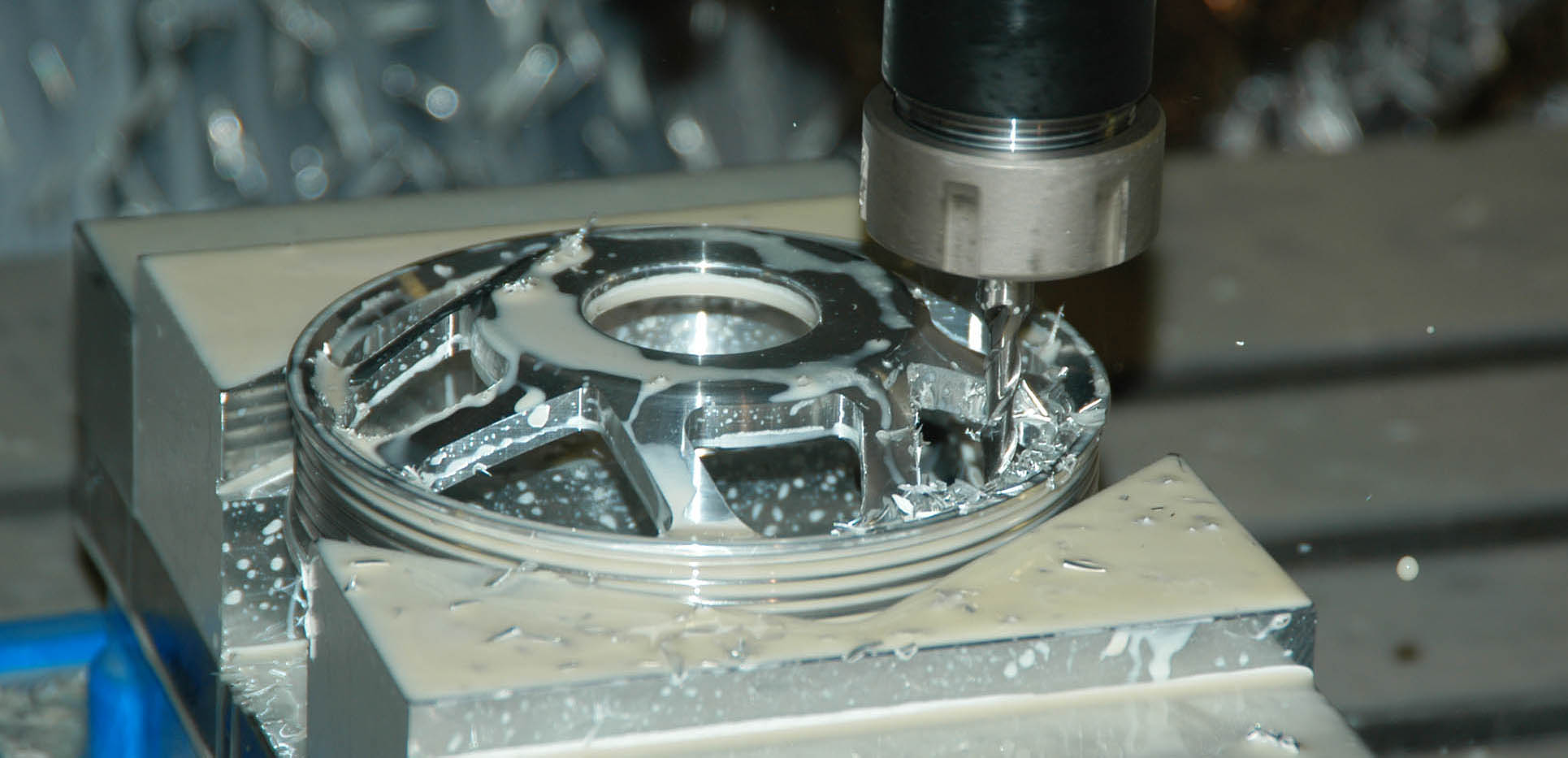When comparing the merits of Rapid Prototype Machining and CNC machining, there are countless opinions of their staunch supporters. No doubt that CNC machining offers higher precision but RP machining has also certain advantages that you cannot gain in CNC machining. Moreover, with the time, the prototype development process has also improved significantly in areas of accuracy, material properties and surface finish. Here are five major aspects discussed which will explain to you why RP machining is becoming the first choice of the majority of manufacturers.
Part Complexity
When a complex prototype is modeled through design software, there is only no to little impact on the time and cost as well. The ability of RP machining to quickly and cost-effectively produce complex parts is one of the biggest advantages. On the other hand, in CNC machining, you need to deal with every feature in a complex part which eventually increases time and cost. As the complexity is increased, the number of setups and tool changes also rises. Many attributes such as high aspect ratio features, holes, deep slots and square corners can challenge even expensive CNC machines.

Feature Details
There are many scenarios in which Rapid Prototyping Machining can produce features that CNC machining cannot. You can produce sharp inside corners and features such as deep narrow channels, tall and thin walls, ribs and posts with high aspect ratios. While in the same, CNC machining is not that much good as its area of excelling lies in smooth blends, sharp edges and clean chamfers.
Skilled Labor
RP machining profile is certainly not a minimum-wage position but when it is compared with CNC technology, the demand for highly skilled labor is significantly less. Besides, it has improved in ways that take the art out of the process. Conversely, CNC technology requires skill, creativity and problem solving abilities in labor. Computer Numeric Control Machining is the work of experienced craftsmen and needs skills right from designing tool paths and machining strategies to operating and monitoring the cutting process.
Staffing
With the exception of secondary operations like benching, Rapid Prototyping requires less staffing. Moreover, it is possible to prepare files within a few minutes for part production and building. While in the case of CNC, CAM software applications have improved but, still, they require human intervention. Machine setup and operation require an experienced machinist which further adds to the cost.
Lead Time
As you have learned by now that RP requires less labor, needs only a few steps and has little sensitivity to design complexity, you can deduce that it reduces lead time not only for the physical build but also for the whole process. Thus, the overall RP process is efficient for most of the parts in both time and staff. However, in CNC machining, a lot goes into machining such as labor, toolpaths, machine time, fixtures and material.
So, you can clearly notice that why Rapid Prototyping Machining is getting preference over CNC machining by most of the manufacturers when it comes to fast delivery, complex designs and less cost.
















